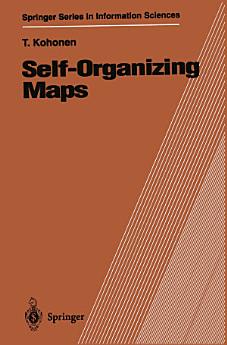Self-Organizing Maps
dec. de 2012 · Springer Science & Business Media
4,0star
2 recensiónsreport
Libro electrónico
362
Páxinas
reportAs valoracións e as recensións non están verificadas Máis información
Acerca deste libro electrónico
The book we have at hand is the fourth monograph I wrote for Springer Verlag. The previous one named "Self-Organization and Associative Mem ory" (Springer Series in Information Sciences, Volume 8) came out in 1984. Since then the self-organizing neural-network algorithms called SOM and LVQ have become very popular, as can be seen from the many works re viewed in Chap. 9. The new results obtained in the past ten years or so have warranted a new monograph. Over these years I have also answered lots of questions; they have influenced the contents of the present book. I hope it would be of some interest and help to the readers if I now first very briefly describe the various phases that led to my present SOM research, and the reasons underlying each new step. I became interested in neural networks around 1960, but could not in terrupt my graduate studies in physics. After I was appointed Professor of Electronics in 1965, it still took some years to organize teaching at the uni versity. In 1968 - 69 I was on leave at the University of Washington, and D. Gabor had just published his convolution-correlation model of autoasso ciative memory. I noticed immediately that there was something not quite right about it: the capacity was very poor and the inherent noise and crosstalk were intolerable. In 1970 I therefore sugge~ted the auto associative correlation matrix memory model, at the same time as J.A. Anderson and K. Nakano.
Valoracións e recensións
4,0
2 recensións
Valora este libro electrónico
Dános a túa opinión.
Información de lectura
Smartphones e tabletas
Instala a aplicación Google Play Libros para Android e iPad/iPhone. Sincronízase automaticamente coa túa conta e permíteche ler contido en liña ou sen conexión desde calquera lugar.
Portátiles e ordenadores de escritorio
Podes escoitar os audiolibros comprados en Google Play a través do navegador web do ordenador.
Lectores de libros electrónicos e outros dispositivos
Para ler contido en dispositivos de tinta electrónica, como os lectores de libros electrónicos Kobo, é necesario descargar un ficheiro e transferilo ao dispositivo. Sigue as instrucións detalladas do Centro de axuda para transferir ficheiros a lectores electrónicos admitidos.







